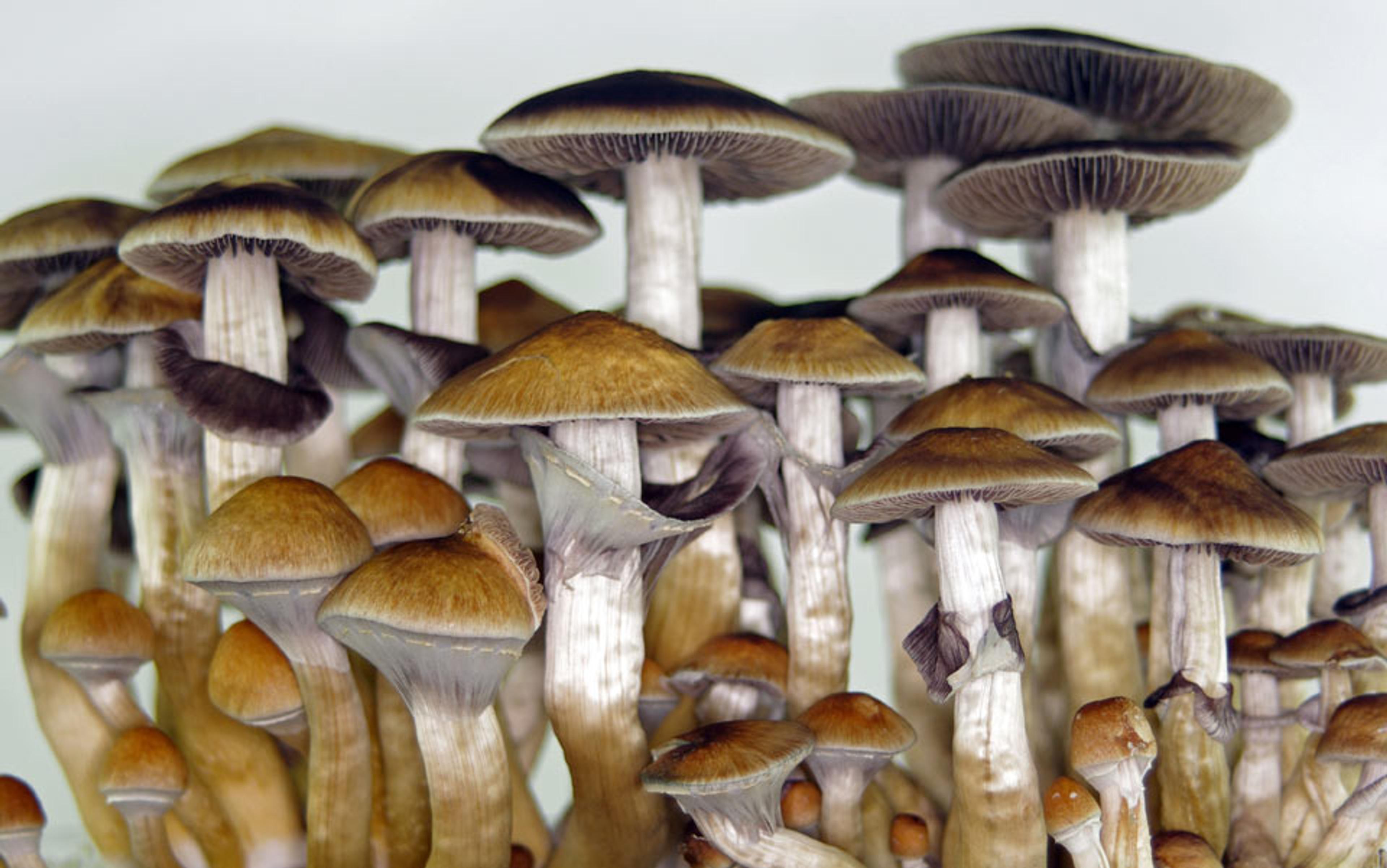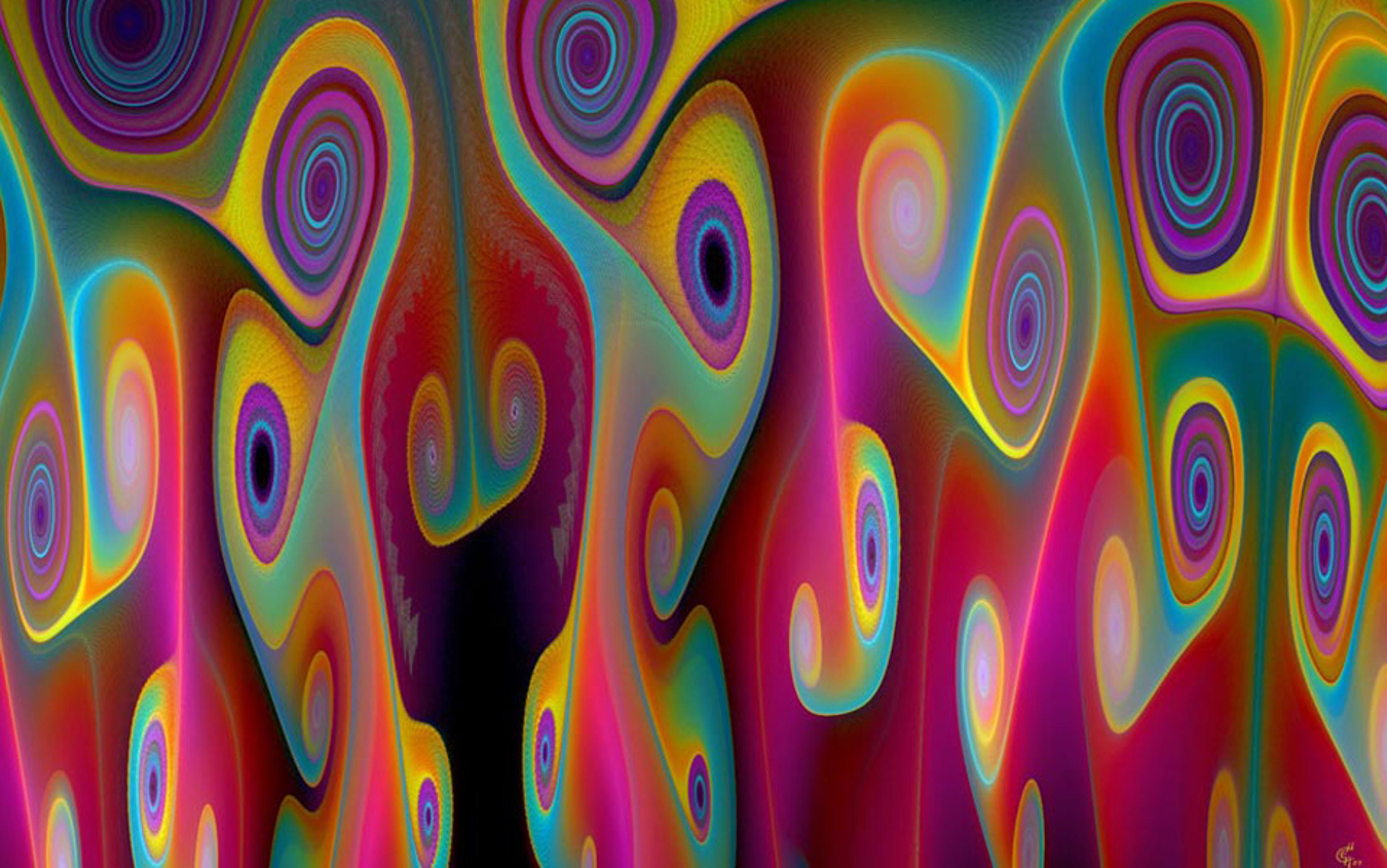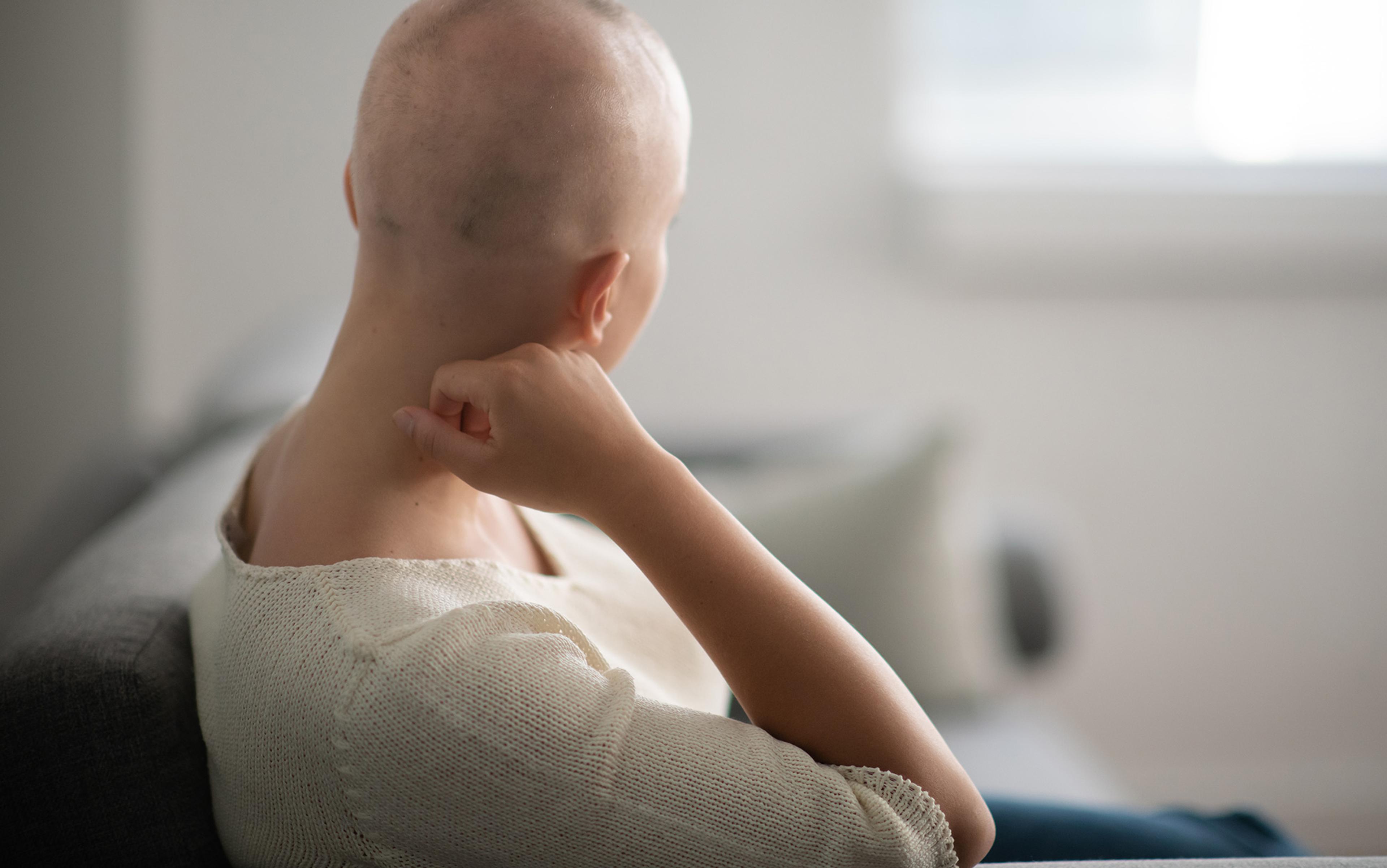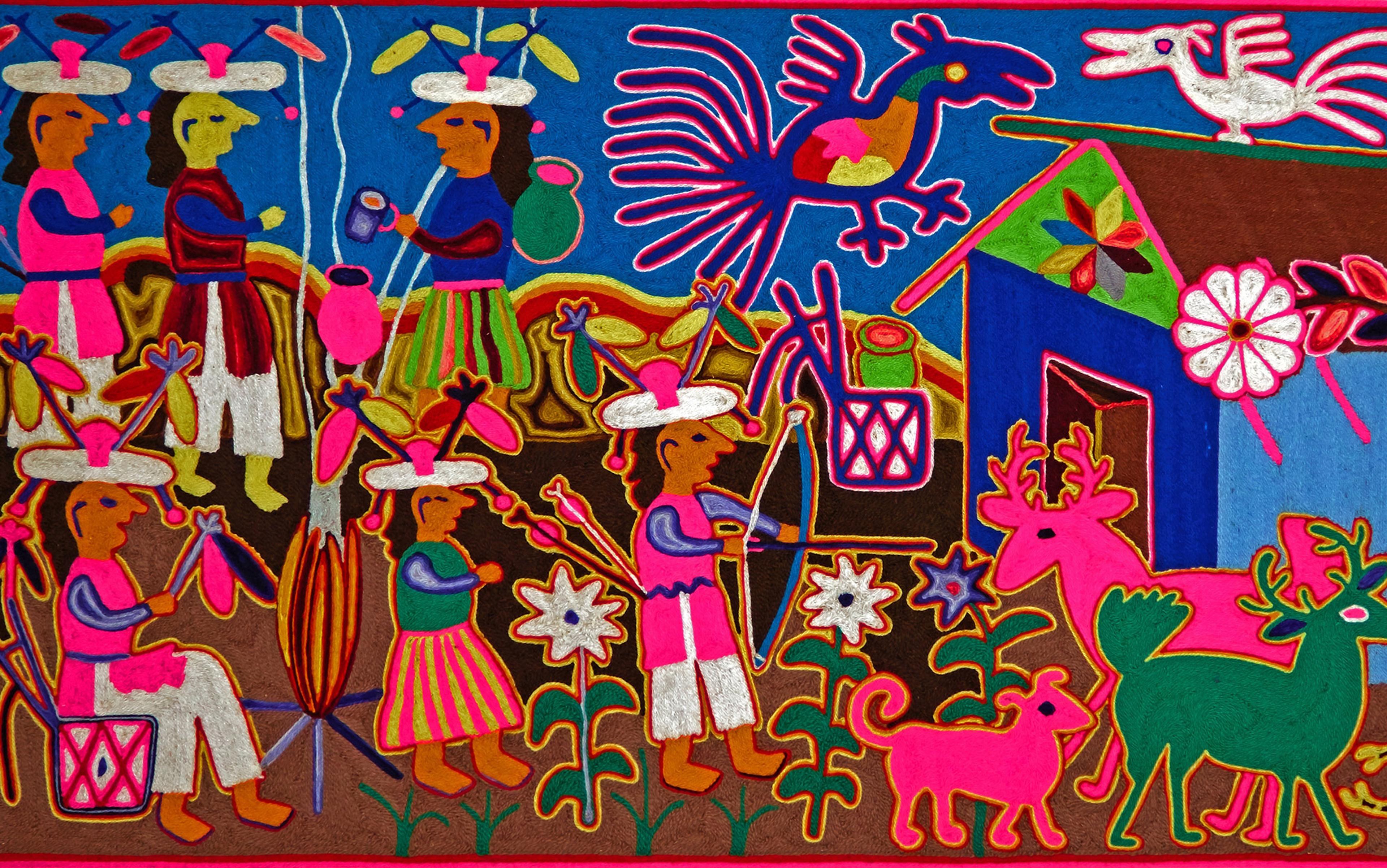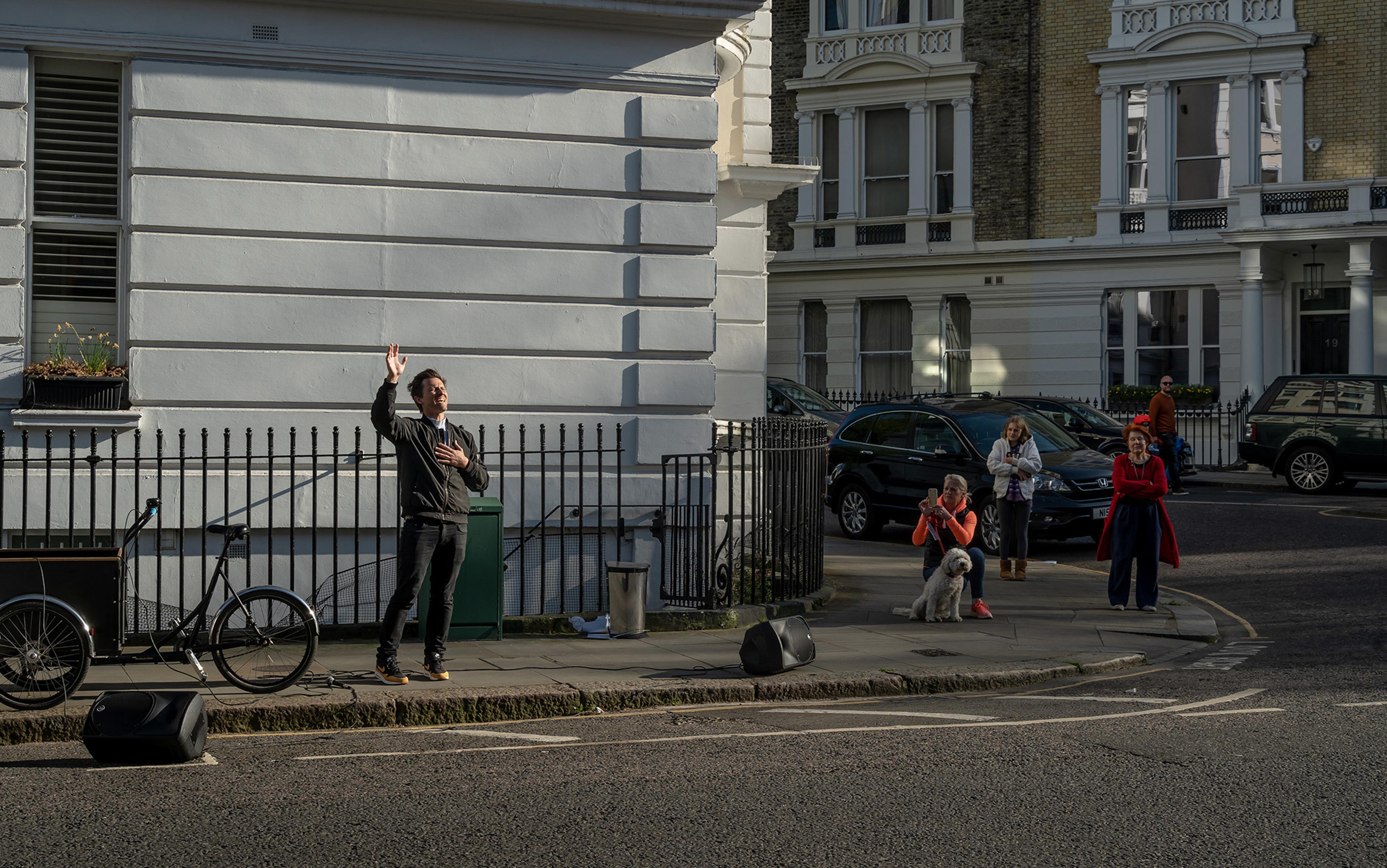On a bone-chilling morning in February last year, Nick Fernandez bundled up and took the subway from his Manhattan apartment to the Bluestone Center for Clinical Research, which is located in an art deco-style building on the Lower East Side. A 27-year-old graduate student in psychology with dark, wavy hair and delicate, bird-like features, Fernandez was excited and nervous. He had eaten a light breakfast consisting of a bagel and industrial-strength coffee in preparation for another journey he was about to take. Fernandez had signed up to be a subject in a New York University study into the use of psilocybin, the psychoactive ingredient in hallucinogenic mushrooms, to relieve mental anguish in people with terminal or recurrent cancer.
Fernandez hoped that the drug would lift the shroud of melancholy and free-floating anxiety that had enveloped him ever since he was diagnosed with leukemia in 2004 during his senior year in high school. Two and a half years of almost continuous chemotherapy vanquished the disease, but left him drained and traumatised. The former soccer star dropped more than 50 lbs from an already lean frame. ‘It was pretty brutal and forces you to grow up fast,’ said Fernandez, who became intensely interested in spiritual philosophy during this period, and went on to dabble in psychedelics in college. For years afterward, every sneeze and sniffle, every day that he felt tired or out of sorts, filled him with an unshakeable dread that the cancer had returned. When he heard the study mentioned on a radio show, he immediately signed up.
Jeffrey Guss and Erin Zerbo, the two NYU psychiatrists who would quietly monitor Fernandez’s progress throughout the day, greeted him when he arrived. After they took his vital signs, Fernandez changed into sweat pants and a shirt, and settled into a converted dental exam room that had been transformed into a hippie-style sanctum: tricked out with fresh flowers and fruits, a comfy sofa littered with plush pillows, Buddhist and shamanistic totems, and a high-tech sound system. Stephen Ross, an associate professor of psychiatry at NYU and the lead investigator for the study, made a brief appearance in the trip room. He was holding a glass vial that had been retrieved earlier that morning from a massive safe located inside a high-security storage room. It contained a single white capsule, and no one could be sure if it was a placebo – a dummy pill – or a 30 milligram dose of synthesised psilocybin.
‘Good luck,’ Ross said, handing Fernandez the pill, which he washed down with water that he drank from a large antique chalice. Then he slipped on the headphones, put on a face mask to block out the light, lay down on the couch and waited.
About an hour later, as the drug began to take effect, the blackness inside his head turned into an onrushing cascade of white dots that swiftly morphed into a kaleidoscope of geometric patterns – gears, stars, triangles, trapezoids – in all the colours of the rainbow. He started to hear an insistent voice in his head, telling him over and over: ‘I’m going to show you what I can do.’ Fernandez slowly suspended his skepticism and reluctantly surrendered to the experience. What he perceived to be his spirit guide took him on a Marley’s ghost-style journey, with stops at his own funeral, a hellish place littered with skulls that smelled of death where he was in excruciating pain. Once his agony reached an almost unbearable crescendo, his spirit guide catapulted him through hundreds of light years of space, allowing him to escape the pain. ‘I went into this mystical state, and this intense visual palate took over my mind,’ Fernandez said.
He suddenly found himself in Grand Central Terminal, which was filled with hundreds of people he knew dressed in tuxedos and ball gowns, dancing happily to symphonic music. He spied his girlfriend, Claire, across the dance floor. They walked towards each other and embraced, which filled him with intense feelings of bliss and joy. Soon he was again catapulted, down into the sewers of the city, and then to the top of the Empire State Building where he serenely surveyed the city just as dawn broke its rosy glow over the skyscrapers. The spirit guide took him from there to a cave in the forest where he went shopping for another body, but the only body to be had was his own. This realisation gave Fernandez a new appreciation of his body, and all it had been through: the workouts, the swims, the bike rides, the sickness when the cancer cells had taken over, and the chemotherapy drugs that had destroyed them. ‘For the first time in my life, I felt like there was a creator of the universe, a force greater than myself, and that I should be kind and loving,’ he said. ‘Something inside me snapped and I experienced a profound psychic shift that made me realise all my anxieties, defences and insecurities weren’t something to worry about.’
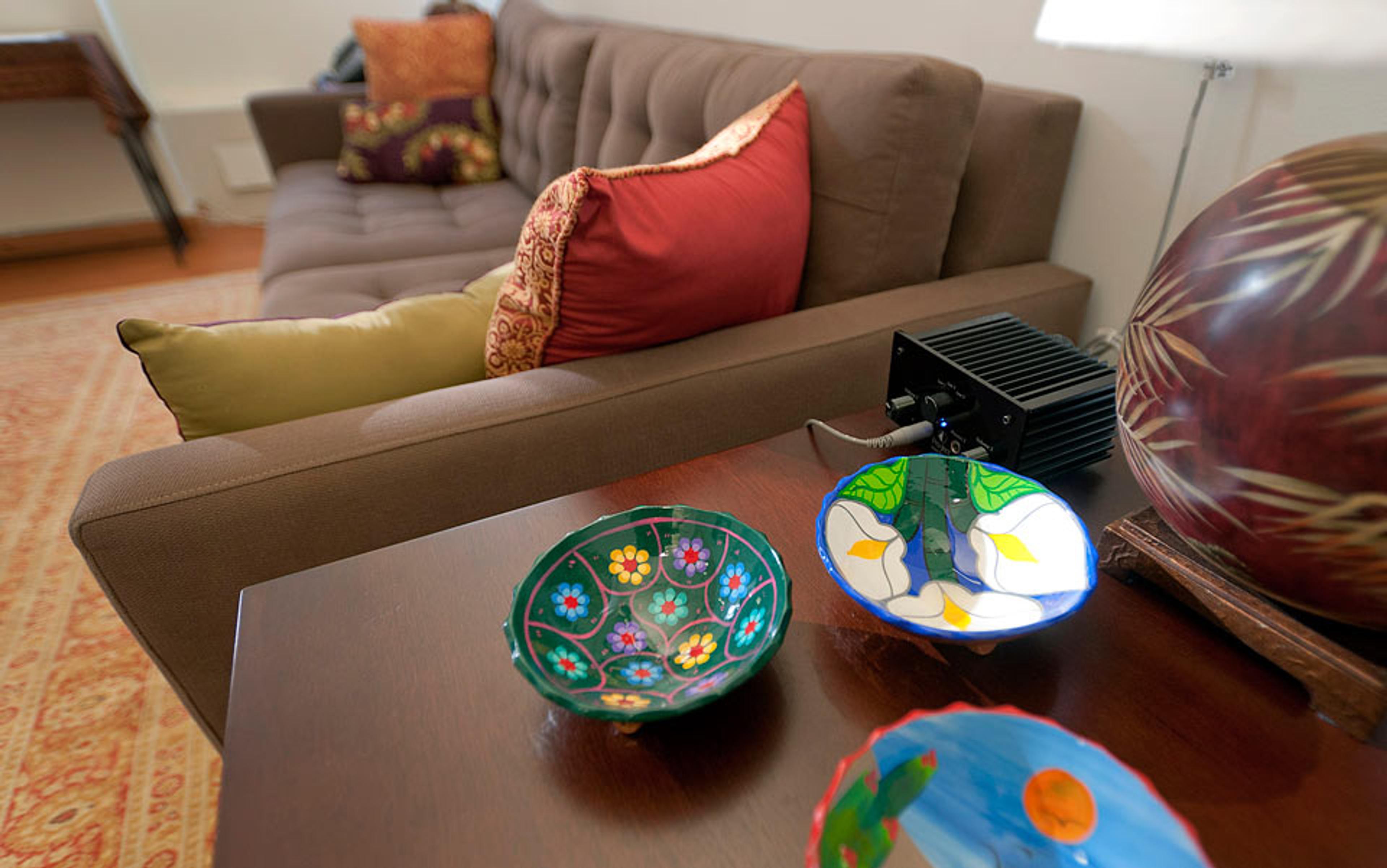
The relaxed treatment rooms at the Bluestone Center for Clinical Research, New York University College of Dentistry. Photo by Bloomberg/Getty
What happened to Fernandez in the study is fairly typical, and consistent with a century’s worth of literature, scientific and otherwise, on the use of psychedelics. ‘Patients would tell me that they’ll never be able to get out from under the rock that hangs over them and that their psyche is always filled with the fact they have cancer,’ Stephen Ross said. ‘But those feelings evaporated under the influence of psilocybin. They almost uniformly experienced a dramatic reduction in existential anxiety and depression, and an increased acceptance of the cancer, and the changes lasted a year or more and in some cases were permanent.’
The NYU study will ultimately encompass 32 volunteers, making it the largest study of psychedelic medicine in more than 40 years. Test results haven’t yet been published in a peer-reviewed journal, but the interim data analysis of their first 25 patients was encouraging. What they found confirmed the findings of a smaller pilot project at the University of California, Los Angeles. Ross and his colleagues are now looking ahead to larger clinical trials at NYU and several other sites using psilocybin for cancer patients, and to test psychedelics as treatments for drug addiction, alcoholism and even cigarette smoking.
Ross, the 42-year-old director of the Division of Alcoholism and Drug Abuse at Bellevue Hospital in New York, is an unlikely apostle for psychedelics. He became fascinated with end-of-life issues when he was growing up in the affluent Los Angeles suburb of Pacific Palisades and his physician mother took him to hospice centres. ‘She introduced me to the concept of a good death,’ Ross said. ‘When I was an intern at Columbia, I spent three months in the cancer wards and I watched people die there,’ he continued. ‘But those were bad deaths, full of anxiety and pain, and we didn’t learn anything about palliative care.’
Scientists still don’t completely understand why psychedelics seem to offer a shortcut to spiritual enlightenment
Ross is part of a new generation of researchers who have re-discovered what scientists knew more than half a century ago: that psychedelics can be good medicine. At such elite research centres around the world as NYU, Johns Hopkins, UCLA, and the University of New Mexico, psychedelic research is inching its way back to respectability, thanks to the persistence of a cadre of scientists dedicated to making psychedelics part of our psychiatric arsenal. In the 1950s and ’60s, they were used to treat an astonishing array of mental ills for which modern medicine still offers little in the way of effective relief, from alcoholism and drug addiction to autism and the existential despair at the end of life. Scientists still don’t completely understand why psychedelics seem to offer a shortcut to spiritual enlightenment, allowing people to experience life-changing insights that they are often unable to achieve after decades of therapy. But researchers are hopeful that will change, and that the success of these new studies will signal a renaissance in research into these powerful mind-altering drugs.
NYU has become a nexus of sorts for this rebirth, and the group there took root when Jeffrey Guss began teaching a class called ‘Psychedelics and Psychiatry’ in 2008. This was the first time psychedelic therapy was taught at an American medical school in more than half a century. Guss decided to start the seminars after a meeting with UCLA’s Charles Grob, who was then in the midst of his cancer study. ‘He made it seem much more realistic that this research might be done again in the US,’ Guss recalled. ‘He encouraged me to read some of the research articles that had been published decades ago, and I realised I hadn’t read a single one of them. That’s what inspired the lectures.’
With Guss’s help, Ross and Anthony Bossis, a clinical psychologist at NYU, formed the nucleus of the research team that was eventually able to shepherd the NYU cancer study through a thicket of bureaucratic red tape. The Bluestone Research Center, which Guss describes as a cross between a hospital and a hotel, turned out to be an ideal setting because it has the medical infrastructure needed in case of emergencies and the requisite facilities to test experimental treatments.
‘In order to find those 32 patients, we’ve talked to hundreds of oncologists,’ Guss said. ‘Psychedelics have been blackwashed pretty thoroughly in American medicine. But the more we keep talking about the possible role of psilocybin, the more people hear about it, the more it gets rid of some of the fear and stigma. Still, they’re not a panacea. Without supervision, they can evoke really dangerous and disturbed behaviour.’
This dark side to psychedelics is why they were banished from the therapeutic mainstream. Peyote and mescaline have been used in shamanistic rituals for centuries, but the modern era of hallucinogenic research began in April 1943. Albert Hofmann was a plant chemist at Sandoz Laboratories in Basel, Switzerland, who was researching the medicinal potential of the alkaloids contained in ergot, a fungus that lives in rye. One afternoon, he accidentally dosed himself with one of these chemicals, lysergic acid diethylamide (LSD), and took the world’s first documented acid trip. His serendipitous discovery of the mind-altering effects of LSD electrified fellow scientists, who instantly recognised its therapeutic potential, triggering an explosion in research after the Second World War.
Psychiatrists were encouraged by Sandoz to sample Delysid, LSD’s brand name, before giving it to their patients so they could understand the experience. Many of these sessions were life-changing, and there were commonalities among them: patients would undergo an intense catharsis and release repressed psychic material, which would trigger profound insights about the roots of their disordered behaviour, and transcendent mystical experiences. This new self-awareness sometimes sparked nearly spontaneous recoveries – even among those with seemingly intractable ills, which years of psychotherapy and medication hadn’t helped.
By the early 1960s, more than 2,000 studies encompassing more than 40,000 patients had been conducted using LSD and other hallucinogens to treat such psychiatric disorders as schizophrenia, autism, drug addiction, alcoholism and chronic depression. The research was rigorous, and the results were published in reputable medical journals, but all that changed when a brilliant young Harvard lecturer with an insatiable appetite for media attention decided to give psychedelics to his graduate students. His name was Timothy Leary and the rest, as they say, is history. LSD and other hallucinogens escaped the lab and became a symbol of the dark side of the 1960s, when people took adulterated street drugs and began showing up in hospital emergency rooms on bad acids trips, gripped by severe panic attacks or in the throes of psychotic breakdowns. Sandoz stopped supplying researchers in 1966, terrified federal officials banned it in 1968, and legitimate scientific research had ground to a halt by 1972.
the day-long psychedelic sessions are carefully monitored by two therapists, with tranquilising drugs kept on hand in case there’s a freak-out
Mainstream researchers have distanced themselves from the excesses of the 1960s, and made sure their experiments meet with today’s more exacting standards. Typically, studies are double-blind and placebo-controlled: that means that half the test subjects get a dummy pill while the rest receive the real thing, but the researchers themselves don’t know what’s in the capsules in order to eliminate any possible biases that could slant test results. Potential candidates are carefully screened, and given a battery of tests to establish not only baseline measures of their psychological states, but also to ensure that they don’t suffer from serious psychiatric illnesses. The participants who make the cut undergo three or four counselling sessions to prepare them for the psychedelic experience, and the day-long psychedelic sessions are carefully monitored by two therapists, with tranquilising drugs kept on hand in case there’s a freak-out.
Because of advances in imaging technology, scientists now have a much better idea of what these drugs do to the brain, and why they spark such profound alterations in perception, behaviour and mood. Psilocybin and LSD, classified chemically as tryptamines, are structurally similar to serotonin, a powerful chemical messenger that expedites the transmission of nerve signals in the brain. Psychedelics such as psilocybin latch on to a specific set of serotonin receptors, believed to regulate the processing of sensory information (taste, touch, hearing, vision). When psychedelics stimulate these receptors, it amplifies their signals and alters their frequency, triggering the visual alterations and the loosening of ego boundaries that typify the psychedelic experience.
The insights gleaned under the influence of psilocybin often lead to lasting changes because participants seem to experience spiritual awakenings and substantial shifts in their perceptions of the world. When Gina Baker (not her real name) underwent a psilocybin session, like Nick Fernandez, at NYU in October 2012, she was riddled with constant worries that her ovarian cancer would return. The anxiety, along with her tough childhood, had caused her to lose control of her emotional eating, but during her psychedelic session, she was able to get past both. ‘I spent my entire life feeling like an outsider and that the world was a hostile place,’ said the 67-year-old Brooklyn native. ‘But under the influence of the drug, I saw my fear as a big black mass and I felt like I was going to be eaten alive. And then suddenly, the fear just disappeared and I felt enveloped in intense love, more deep and profound than I have ever felt, and not just for my family and dear friends but I felt at one with the universe. It was a moment of complete peace and lack of self consciousness.’ These changes in her perceptions endured. ‘It liberated me from my anxieties, I stopped overeating, and I even made a whole new group of friends in my neighbourhood, something I never would have done before,’ she said. ‘It was a transformative experience.’
‘When people are diagnosed with cancer, their lives can become constricted. They sometimes cope with terror and sadness by shutting down – they start to die before they actually do die,’ said Guss. ‘But with psychedelics, there is a flood of information, making people feel less shut down and more awake and alive.’
